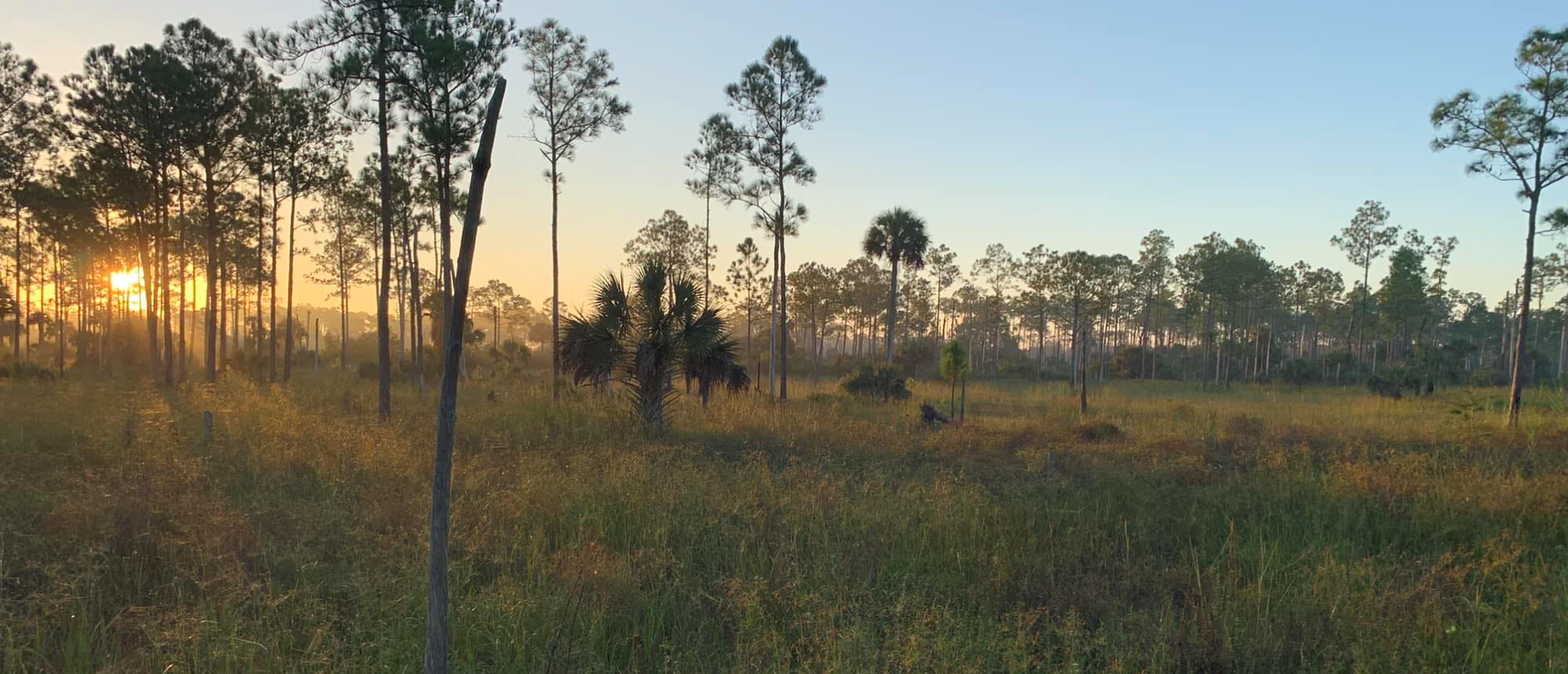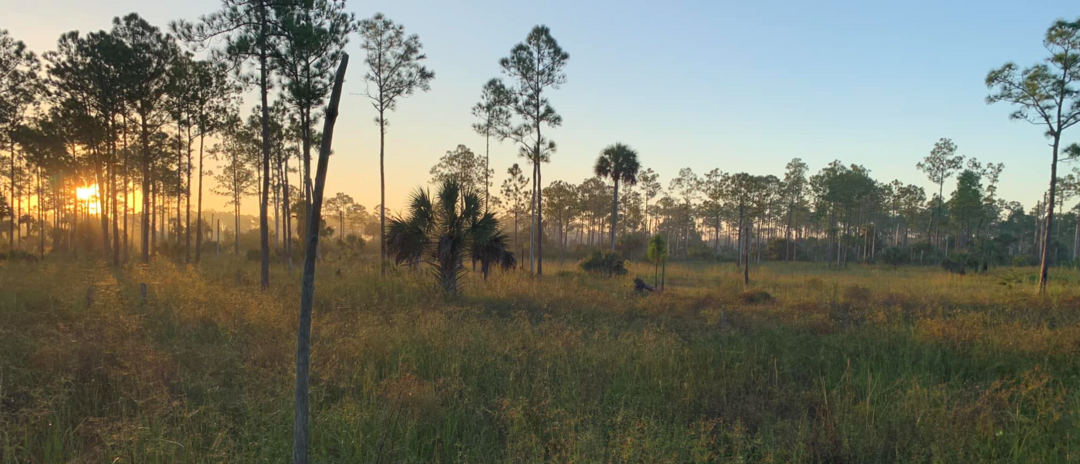In 2020, Audubon scientists made a startling discovery: water is quickly disappearing from Corkscrew Swamp Sanctuary. Lower water levels harm the Sanctuary’s wetlands and all wildlife that depend upon them while increasing the risk to our neighboring communities of catastrophic wildfire.
Using 60 years of hydrologic data, the Audubon research team at Corkscrew Swamp Sanctuary, led by Shawn Clem, PhD, and including contractor Mike Duever, PhD, identified a pattern of severe dry season water loss beginning in the mid 2000s. Recent analyses suggest this water loss is even apparent in the wet season. Overdrainage, like that seen at the Sanctuary, damages wetlands and raises the risk of catastrophic wildfire in places like Golden Gate Estates and the Corkscrew Island neighborhood.
We shared these results with local community members and stakeholders, including regional water managers at the South Florida Water Management District (District) and its Big Cypress Basin (Basin) in 2021. Over the following year, Audubon, District, and Basin scientists pooled their staff and financial resources to hire expert hydrologic modelers to answer the critical question: what is driving this water loss?
Their research revealed two sources of water drainage:
- Overdrainage of the watershed by deep flood control canals south of the Sanctuary.
- To a lesser extent, the combined impacts of shallow aquifer and surface pumping for public water supply and agricultural irrigation.
Armed with this vital information, Audubon and our agency partners have pursued more specific modeling to develop restoration strategies to reverse these impacts.
Restoration Strategies to Protect Water
Audubon urged the water management agencies to use water supply planning and permitting policies to better protect water levels and wetlands. While Audubon is grateful for the collaborative help from the District and Basin, we were disappointed to see no mention of the Sanctuary’s hydrologic discoveries in the draft update of their Lower West Coast Water Supply Plan. Without that current science, the draft plan erroneously concludes there are no conflicts with providing all the water demanded by urban and agricultural users through 2040, including adequate water for natural ecosystems. We know that to be impossible.
Audubon met with District staff and Big Cypress Basin leadership and provided a tour of Corkscrew Swamp Sanctuary where these concerns were discussed. We continue to recommend that the District address the planning for Lower West Coast water supply needs. We are confident the District will acknowledge their oversight and incorporate Audubon’s scientific findings into their planning, even as we continue our common efforts to fix hydrologic threats in the region’s watersheds.
It is important to note several additional recommendations we have for the Plan, including:
- Increasing water conservation through the reduction of irrigated turf grass;
- Removal of excess nutrients from the purple pipe reuse irrigation water (a significant source of pollution);
- Buying and restoring large wetland systems like Horsepen Strand in northern Golden Gate Estates to increase natural water storage.
Together, we can work toward a sustainable water future for both nature and people in Southwest Florida, but only if we agree on the problems we face and the importance of restoration and conservation moving forward.
This article was published in the Fall 2022 State of the Everglades report.





